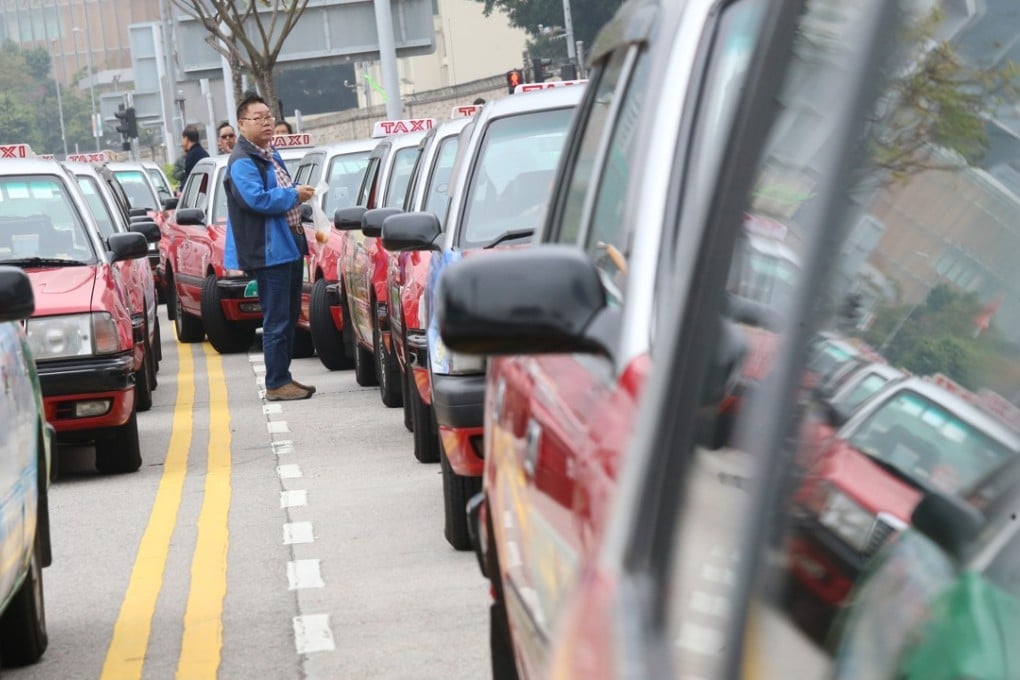The View | Why shabby taxis rule Hong Kong streets … and Uber can’t get a break
Government has openly displayed lack of will and motivation to make tough decisions by cowering behind current laws that make ride hailing illegal

Hoping for a magic formula to save an entrenched and traditional monopoly from the onslaught of a technology that won’t disappear or relent only deepens a problem.
Last December, the South China Morning Post reported that the Association for the Rights of Liberty Taxi Drivers threatened to launch a judicial review against the government if it actually adopts the Consumer Council’s suggestions to legalise ride hailing firms like Uber in Hong Kong, claiming that such a move would hurt the taxi industry.
Trying to be diplomatic, Gilly Wong, chief executive of the Hong Kong Consumer Council recently suggested that “adopting a progressive approach can minimise the impact of market disruption to the taxi industry brought on by e-hailing services”.
Actually, the ride hailing technology won’t hurt Hong Kong’s traditional taxi monopoly. It will destroy it.
“The Consumer Council’s report is very unfair to us as under this new platform ride hailing operators don’t need to pay for any licensing fees while operators need to dish out about HK$7 million to purchase a taxi licence,” said Don Li Lam-cheung, a representative of the association.
Hong Kong consumers appear to be held hostage by an unusually vociferous monopoly of taxi license owners. And government bureaucrats openly display their lack of will and motivation to make tough decisions by cowering behind current laws that make ride hailing illegal. The government has created and prolonged the mess by allowing taxi licenses to be traded like flats, bought and sold by non-drivers. So prices spiralled through speculation without any real value added to benefit users.

